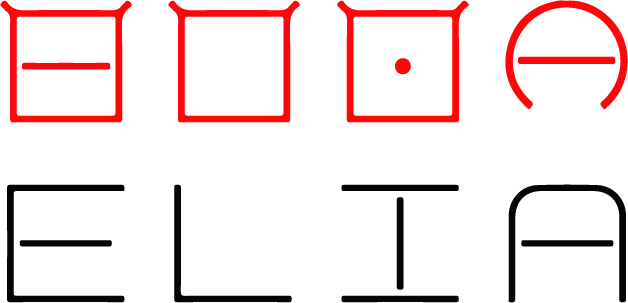The ELIA Frames™ Keyboard Overlay
Make your fingers more productive and happy.
Be more creative.
Get better grades.
Enjoy better job opportunities.
Use your time more efficiently.
Win more video games and have more fun playing.
How it Works
The ELIA Frames™ Keyboard Overlay incorporates the ELIA Frames Touch Font into a silicon guide sheet that helps users know where their fingers always are.
ELIA Frames is the world’s most advanced touch font. It uses the major characteristics of the standard alphabet’s letters to enable people to identify its letters quickly and accurately. Indeed, it is the standard alphabet, redesigned for touch reading.
On the overlay, the ELIA Frames letters enable typists to look up as they type, making them more accurate and confident while typing. And as accuracy is the key to better typing speeds, folks can achieve faster speeds than ever.
After a few minutes invested in learning the font, learning to touch type is faster. Those few minutes invested then cut the learning time by hours and help people type faster for the rest of their lives. Learn ELIA Frames for free! Then try the overlay! We guarantee you will love it!
Improve your touch typing skills
The ELIA Frames™ Font overlay improves users’ touch typing. Learning the ELIA font allows users with the overlay to type by touch, never having to look down at their keyboard.
Join a world of inclusive, tactile literacy
In the United States, 8.4 million people are estimated to have a visual impairment, yet only an estimated 60,000 can read Braille. Learn ELIA Frames and grow the community of tactile literacy.
Dynamic learning resources
Our manuals, online typing games, and videos offer a range of learning formats. Explore these educational tools on our Learning ELIA page.
Use our ELIA products
Our ELIA Store offers products made with the ELIA Frames™ Font, from bookmarks to a poster of the Declaration of Independence in tactile ELIA Frames™ Font.
Designing the ELIA Frames Font
ELIA Frames™ Font explanation video.
Our Process
“We have gone to great lengths testing and refining ELIA Frames™ to maximize its learnability. Over 200,000 test subject responses were collected and analyzed. The key design principle that was applied, in order to leverage a person’s finger sensitivity, was to make each character’s design simple but unique, and to space each letter’s features far apart enough that they can be easily recognized.” - Reed DeWinter, ELIA Industrial designer
The Result
The ELIA Frames™ font is designed for maximum tactile discrimination by people with a visual impairment. It is so easy to learn that it can be studied and applied in as little as 2 hours. And because ELIA Frames™ is based on the standard Roman alphabet, it can be read visually by those with full sight (teachers, caregivers, or co-workers).
Public Benefit Corporation Statement
On November 1st, 2017, ELIA Life Technology, Inc. became a public benefit corporation (PBC). Shareholders and the board of directors voted unanimously to change the new for-profit corporate status.
Being a PBC enables the company to pursue and generate profits, while also investing in its social mission – to enable people who are blind or have a visual impairment to obtain full education and employment, and maintain their literacy and independence. We believe that by investing in the well-being of our customers, we can change the economic dynamics of our community.
Read more here.
Funding Partners
Funding for our research has been provided by foundations, the National Institutes of Health (NIH), the National Institute for Standards and Technology (NIST), the NYSTAR Small Business Technology Jumpstart Program, and from private individuals.
Initial basic research funding was provided by the Langeloth Foundation and the State University of New York Research Foundation. Subsequent product and curriculum development funding was provided NYSTAR and the Small Business Innovation Research Grant programs of NIH (the National Eye Institute and the National Institute on Aging) and NIST.
Roughly $450,000 in angel investments seeded the development of the earliest stages of our work, and helped us attract roughly $2.7 million in research support from the above institutions.
Research Partners
ELIA Life Technology has several research partners that it collaborates with closely:
Center for Technology and School Change
Cornell University
Department of Materials Science & Engineering


